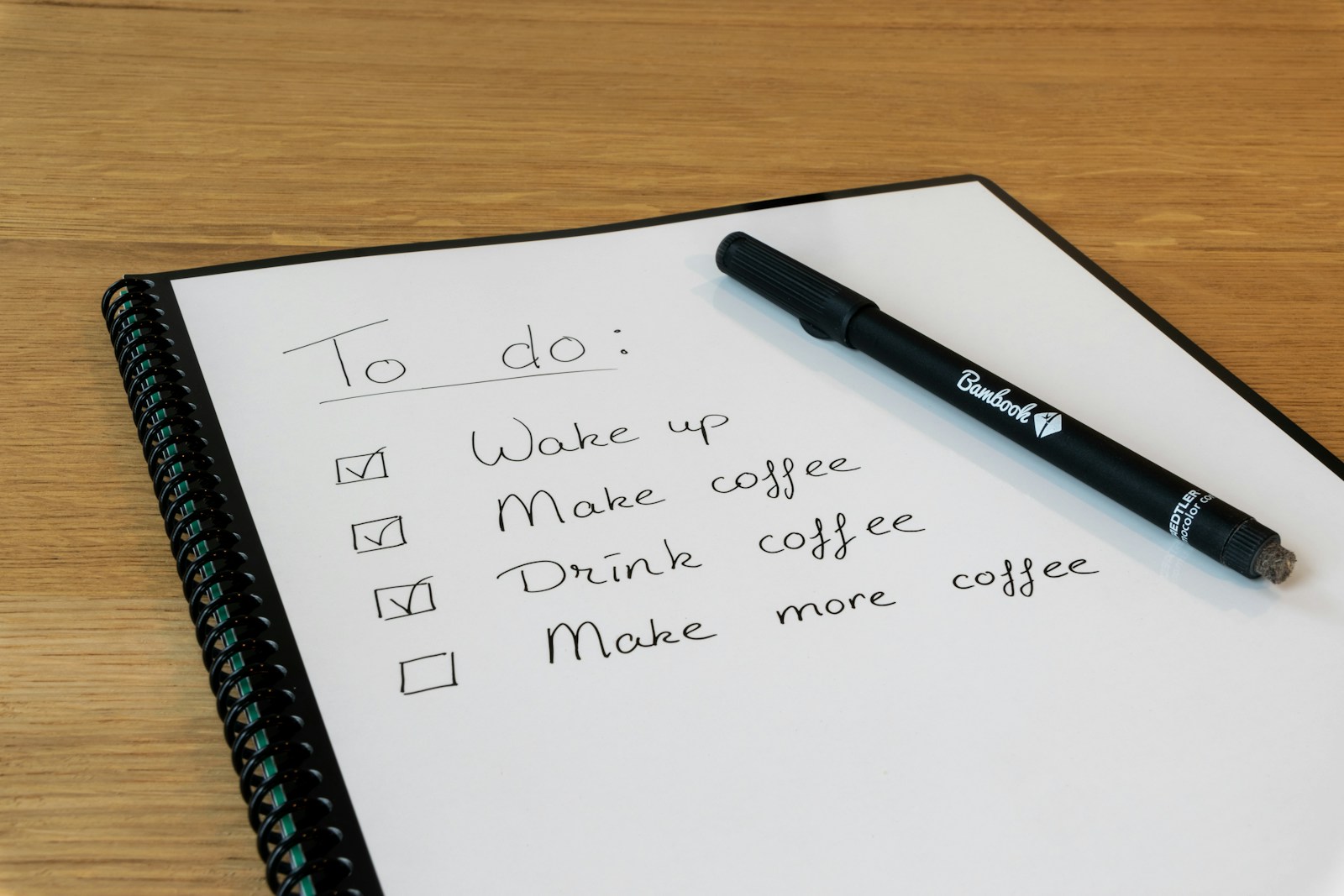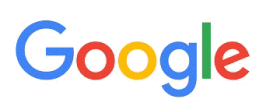What should you put on your blog to attract and engage an audience?
What should you put on your blog these days?
Creating a relevant online newspaper is no longer a matter of publishing a few one-off news items or a quick text when you have a moment. Faced with readers who are in a hurry and demanding, the question of What to put in a blog is becoming central: if the content lacks clarity, rhythm or value, the page closes in a few seconds and the visitor goes off to the competitor. However, a well thought-out editorial space can turn a simple visitor into a loyal customer, or even an ambassador. In this comprehensive guide, we take a look at each stage: from defining the headings to the final call to action, not forgetting the classic mistakes that ruin engagement.
By the end of the book, you'll know how to build a solid editorial calendar, adopt a tone that speaks to everyone and make people want to come back. You'll also discover how to Hotel Web Design can help you turn your online newspaper from a good idea into a powerful sales lever.


The essential basics: clarify the objective before filling in the page
Identifying the ideal reader
Before thinking about What to put in a blogAsk yourself: who are you talking to? A couple on a weekend break, a business traveller in a hurry, a family looking for tips on how to keep the kids occupied in the mountains? The more accurate the sketch, the more natural the subjects and style become.
Choose a maximum of three lenses
An online newspaper can :
- Generate traffic through natural referencing.
- Build trust by demonstrating your expertise.
- Encourage people to book or buy.
Stick to these three goals and reject irrelevant themes.
Designing a simple architecture
- Inspiration section stories and interviews with happy customers.
- Practical advice section checklist, itinerary ideas, weather forecast.
- Home News New offers, behind the scenes at the spa, team portraits.
This clarity prevents readers from getting lost.
![]()
Hotel Web Design is the web agency 100% dedicated to the hotel industryWe can help you with all aspects of digital communication for your accommodation: booking websites, natural referencing specialising in the hotel industry, Google Ads referencing and Google Hotel Ads, social networking campaigns, graphic charters and logos for hotels.
Make an appointment today for free advice on how to optimise the digital management of your accommodation.
Editorial ingredients that really captivate
Concrete, beneficial headlines
"Five easy walks to see the best of the lake in two days" says more than "Our favourite walks around the lake". The reader immediately understands the benefit.
Short, catchy introductions
Three opening sentences are all you need: a situation, a promise, a call to read on.
Breathable paragraphs
Blocks of three to five lines allow the eye to glide effortlessly.
Visuals that make reading easier
A bright photo every 300 words keeps the attention. Make sure it really illustrates the point.
Tip: compress your images in WebP for fast loading - Google recommends this in its performance principles †.
A conversational tone
Imagine talking to a friend over a coffee: that's the best way to stay accessible.
Reliable data to lend credibility
Quote recent figures: according to Statista, 79 % of travellers read at least three reviews before booking †. Slipping in a hard fact reassures and reinforces legitimacy.
Step-by-step: the process of creating a captivating article
Step 1: Find a useful idea
- Listen to the questions asked at reception.
- Read reviews to spot common doubts.
- Keep an eye on Google Autocomplete: type in "visit Marseille" and look at the suggestions.
Step 2: Validate the main keyword
A free tool like Google Trends confirms if the subject is wanted.
Step 3: draw up a clear plan
- Title (with What to put in a blog if relevant).
- Three large subtitles (H2).
- H3 detailed under each H2.
Step 4: writing without technical jargon
Use the term "360° photo" rather than "HDR panoramic sphere".
Step 5: Insert a natural call to action
At the end of the article, suggest that the reader test the commission-free booking engine ofHotel Web Design.
Step 6: Reread aloud
You can spot long sentences and repetitions.
Step 7: Optimise for SEO
- Main keyword in the title, URL or H2.
- Alt tags on images.
- Relevant internal and external links.


Common mistakes that drive away audiences
Filling in empty words
Repeating the same idea eight times with synonyms no longer fools anyone.
Pop-ups too soon
Allow the reader to breathe before asking for their e-mail address.
Concrete block paragraphs
Twenty lines without breath will discourage even a motivated reader.
Too commercial a tone
If every sentence contains "book now", the page looks like an advertisement, not advice.
Stock images without authenticity
A stereotypical couple in suits on the beach doesn't inspire confidence. Prefer your own photos.
Best practices that change the game
Publish regularly, even for short periods
A well-structured post of 400 words is preferable to a long text published once a year.
Recycling successful content
A popular article can become a podcast, an infographic or a short video.
Add an internal search field
Visitors in a hurry will quickly find the information they need.
Create a themed series
For example: "One week, two cities: our destination duos". The reader comes back for more.


Lightning study: how a seaside hotel tripled its traffic
The Hôtel Azur, a 45-room hotel on the coast, was publishing at random. After a workshop with Hotel Web Design :
- Beginner surfer" persona defined.
- Monthly editorial calendar: weather tips, easy spots, board maintenance.
- Call to reserve an equipment locker via the website.
Result in six months: organic traffic ×3 and 18 % in additional sales on equipment.
Trends to watch in 2025
Interactive articles
Quizzes, clickable cards, budget calculators: the Internet user becomes a player.
Short audio content
A two-minute mini-podcast that the reader listens to while packing.
Artificial intelligence assisted, not replaced
There are tools to help you find subjects, but the human touch is irreplaceable.
Approximate reading" indicators
Showing that "3 minutes is enough" motivates those in a hurry.
 Hotel Web Design is a Google partner with the Google Hotelsincluding our customers enjoy every day: information about your accommodation, availability and prices is sent continuously to the search engine, which displays booking links free from Google search, directly to your booking page. These free links represent around 15% of additional commission-free bookings for our customers in 2022! Read our article on free booking links from Google
Hotel Web Design is a Google partner with the Google Hotelsincluding our customers enjoy every day: information about your accommodation, availability and prices is sent continuously to the search engine, which displays booking links free from Google search, directly to your booking page. These free links represent around 15% of additional commission-free bookings for our customers in 2022! Read our article on free booking links from Google
Conclusion: an online newspaper designed for the user, a business asset
Knowledge What to put in a blog means listening to your audience, answering their questions clearly and gently inviting them to take action. With a regular schedule, a warm tone and the right Ask for a quote, you can create a virtuous circle: more traffic, more trust, more bookings.
Want to get ahead without wasting time? Hotel Web Design supports you from editorial strategy to technical integration, while optimising your free Google links and your booking engine.
Move on to the next stage Contact the team and find out how well thought-out content can boost your performance!

Booking / reservation website
-
Direct booking for your accommodation
- Bespoke booking/conversion site delivered turnkey, with training on the administration interface on delivery
- Adapted logo and graphic charter. Possibility of using your existing elements
- Specific referencing for holiday lets
- Integration of reservations module internal
- or integration of an external booking engine (Reservit, D-EDGE, MisterbookingRoomcloud, etc)
- Integration of specific HTML elements (review portals, customer reviews, weather, press, pop-ups, direct chat, etc.)
- Secure SSL / HTTPS
- Multilingual website & booking engine
- Simple, intuitive user interface
- High-availability hosting and domain name
- Delivery usually within 30 days



